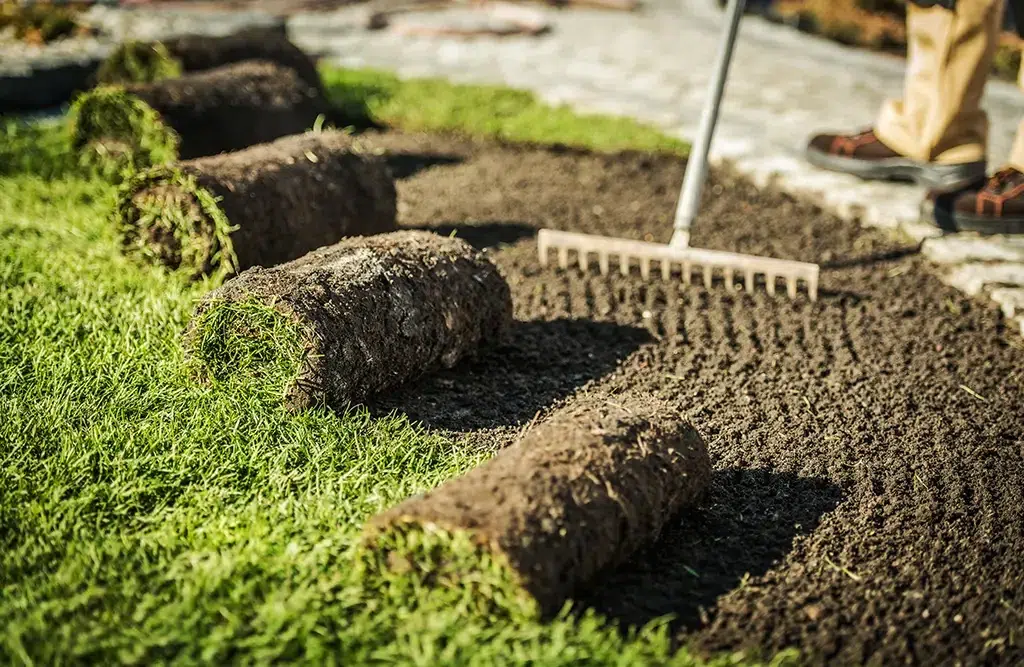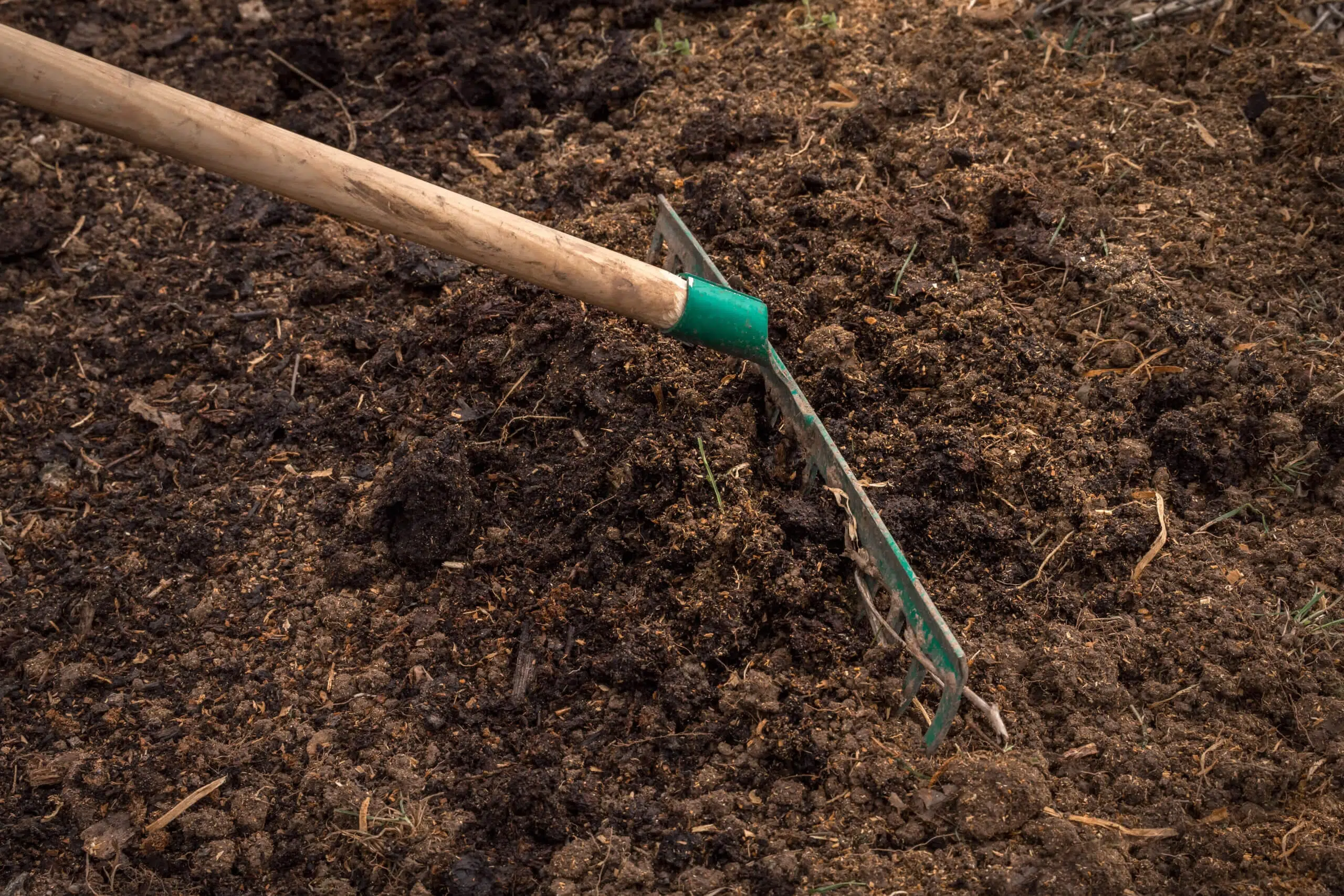Laying sod on unprepared soil can result in uneven growth, poor root establishment, and long-term lawn deterioration. Soil that lacks structure, nutrients, or drainage capacity will hinder the sod’s ability to root and thrive. Proper soil preparation creates the foundation for sod to bond quickly, absorb water efficiently, and resist weeds and pests.
All Seasons Landscaping & Lawn Care brings extensive hands-on experience with residential and commercial sod installation across Southern Louisiana. The information below draws on field-tested methods, localized expertise, and current horticultural standards to help you understand what effective soil preparation involves and why it cannot be skipped.
Key Functions of Soil Preparation
Preparing soil before sod installation accomplishes several critical objectives:
| Purpose | Description |
|---|---|
| Root Penetration | Loosens compacted layers to allow roots to anchor deeply |
| Water Infiltration | Improves drainage and reduces pooling that causes root rot |
| Nutrient Availability | Adds essential elements for strong initial growth |
| Surface Grading | Ensures a level base for mowing and prevents erosion |
| Weed Suppression | Eliminates invasive species that compete for water and nutrients |
Technical Breakdown of Soil Requirements
| Specification | Ideal Range |
|---|---|
| Soil pH | 6.0 to 7.0 (neutral to slightly acidic) |
| Organic Matter | 3% – 6% |
| Compaction Resistance | PSI < 300 (measured with penetrometer) |
| Depth of Prepared Layer | Minimum 4-6 inches |
| Sand/Clay/Silt Ratio | Loam (40% sand, 40% silt, 20% clay) |
| Drainage Time Post-Watering | Water should percolate within 60 minutes |
Bonus Tip: In Baton Rouge and surrounding areas with heavy clay content, incorporating coarse sand or organic compost can drastically improve structure and drainage without altering pH too drastically.
Step-by-Step: What Proper Preparation Looks Like
Initial Site Cleanup
- Remove existing grass, weeds, rocks, and debris.
- Apply herbicide if needed (wait 7–10 days before continuing).
Grading and Drainage Setup
- Regrade the site to direct water away from structures.
- Consider French drains or surface swales in low spots.
Soil Testing and Amendments
- Conduct a lab-based soil test.
- Add lime, sulfur, compost, or fertilizers based on results.
Mechanical Tilling
- Till the soil to at least 4 inches deep.
- Break up clumps and remove remaining roots or stones.
Leveling and Settling
- Rake and level the surface.
- Lightly water and allow soil to settle for 24–48 hours.
Bonus Tip: For large areas, rent a mechanical soil conditioner instead of a basic tiller. These machines aerate and level in one pass.
Market Insights and Expert Guidance
According to the University of California Agriculture and Natural Resources Department, over 70% of sod failures trace back to improper soil prep rather than sod quality (Source: UCANR.edu). Local data from LSU AgCenter confirms that sod laid on clay-heavy, poorly graded soil in South Louisiana has a 60% higher weed incursion rate within 12 months.
Things to Consider Before Making a Decision
- Soil Type: Identify whether you have clay, sandy, or loamy soil.
- Site Drainage: Ensure the area does not pool water after rainfall.
- Slope and Elevation: Adjust grades to protect foundations and prevent erosion.
- Traffic Load: High-traffic areas may need reinforced substrates or thicker sod.
- Seasonal Timing: In Louisiana, optimal sod installation happens from late spring to early fall.
Relevant Services from All Seasons Landscaping & Lawn Care
- Lawn Care Services: Customized nutrient and mowing schedules based on sod type and soil.
- Irrigation System Installation: Ensures consistent moisture levels for new sod.
- Drainage Services: Addresses waterlogging and poor runoff.
- Excavation Services: Provides grading and reshaping for effective water management.
Common Questions About Sod and Soil Preparation
What type of soil is best for sod?
A well-drained loam with a balanced mix of sand, silt, and clay provides the best environment for root growth.
Can sod be laid directly on clay soil?
It can, but only after amending it to improve drainage and reduce compaction. Unmodified clay leads to pooling and weak rooting.
How long should soil sit before installing sod?
Allow 24–48 hours for the soil to settle after watering and grading to avoid uneven settling post-installation.
Do I need to fertilize before laying sod?
Yes. Apply a starter fertilizer rich in phosphorus after soil preparation but before laying the sod.
Get Expert Sod Preparation Guidance
Contact All Seasons Landscaping & Lawn Care to discuss your sod installation needs. Technical advice is available for grading, drainage, and irrigation strategies to support healthy root establishment.
Phone: 225-276-8658 Email: [email protected]
Frequently Asked Questions
How deep should I till the soil before laying sod?
At least 4 inches deep, though 6 inches is better for long-term growth and drainage.
Can I skip soil testing if the area looks fine?
Visual inspection isn’t enough. Soil testing identifies pH imbalances and nutrient deficiencies you can’t see.
What if the soil is already level and soft?
You still need to check nutrient levels, organic content, and compaction. Appearance alone doesn’t guarantee performance.
How soon can I mow after laying sod?
Wait at least two weeks or until the sod firmly roots and blades reach 3–4 inches tall.
How do I know if drainage is adequate?
After watering, if water stands for more than an hour, drainage is insufficient and needs correction before installing sod.
Summary of Key Takeaways
Proper soil preparation isn’t optional. It determines whether sod thrives or fails. Focus on drainage, compaction, nutrient balance, and surface grading. Use physical testing and lab soil analysis to guide amendments. In climates like Louisiana’s with humid summers and clay-heavy soil modifying the base soil layer is often necessary to avoid long-term problems.

